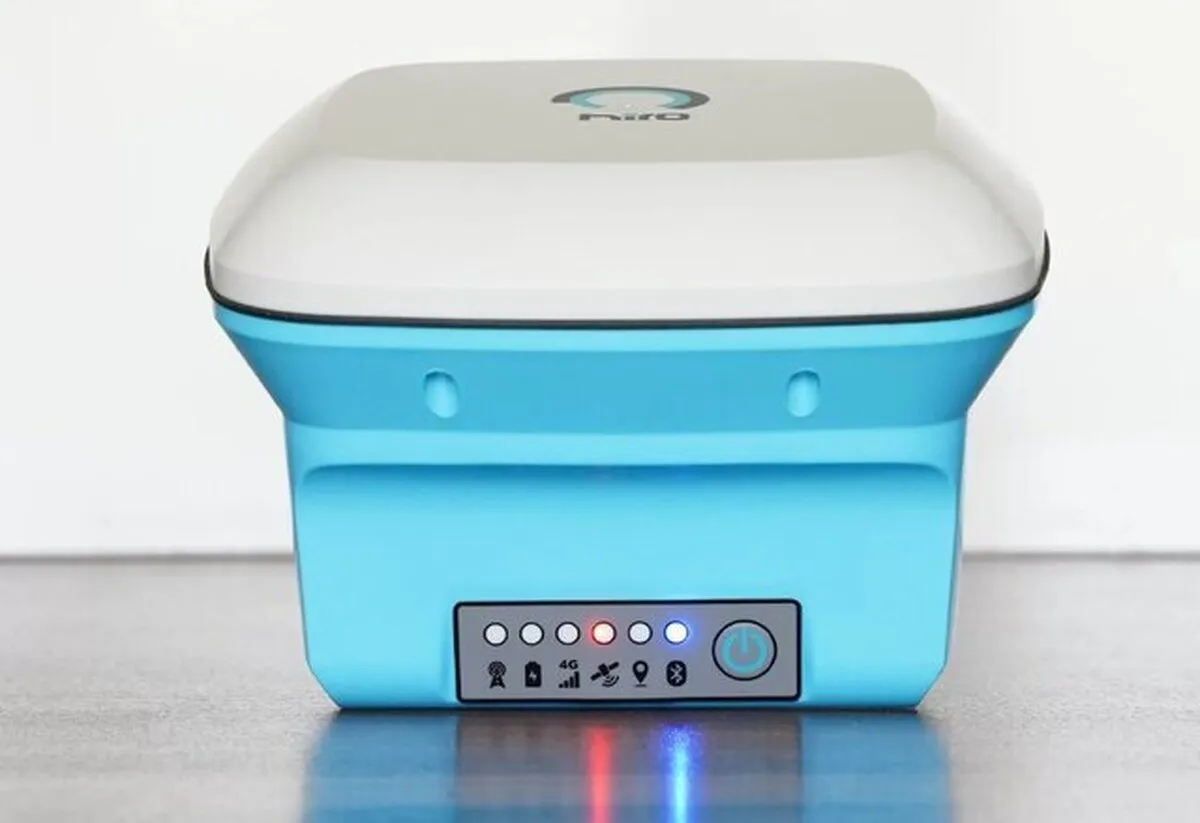Iran-Made Satellite Receivers Perform Mapping More Accurate, Cost-Effective

“The device is a type of specialized radio receiver that is mainly used in the fields of mapping, geodesy and navigation to determine precise geographical positions. This device works by receiving signals from Global Navigation Satellite Systems (GNSS) like GPS, Glonass, Galileo, BeiDou,” said Meysam Qanizadeh, the managing director of the knowledge-based company.
“The main function of a mapping receiver is to accurately calculate geographic locations to help create accurate maps and conduct land surface studies. Mapping receivers differ from standard GNSS receivers in terms of accuracy and performance. They are equipped with advanced features that allow them to provide higher accuracy and avoid errors that can affect spatial data, like atmospheric disturbances or signal multiplexing, where signals bounce off surfaces before reaching the receiver,” he added.
Noting that this high level of accuracy is essential for applications such as cadastral mapping, where property boundaries are determined, or in construction where precise positioning can be critical, Qanizadeh said, “Mapping receivers often include real-time and post-processing data analysis capabilities. In real-time applications, these receivers can provide immediate spatial data directly in the field, essential for tasks like navigation or urgent mapping needs.”
“For post-processing applications, the collected data can later be analyzed to achieve higher levels of accuracy, which benefits precision mapping projects and scientific research that require the highest accuracy,” he added.
In a relevant development in late 2022, an Islamic Azad University student had also produced a bump mapping module using computer techniques.
Speaking to ANA, Saeed Sediqi, a computer architecture engineering student at the IAU-Shiraz Branch said that the project to produce bump mapping was done for the Iranian Army’s Self Sufficiency Department.
He explained about his project and said that “bump mapping module takes the information from the camera and produces the bump map in real time, which are actually the bumps in that scene”.
“Differences in the image captured in the video frames from the camera and the movements in the scene are also depicted in the bump map module and its information is extracted,” the IAU student added.
Bump mapping is a texture mapping technique in computer graphics for simulating bumps and wrinkles on the surface of an object.
4155/v





















